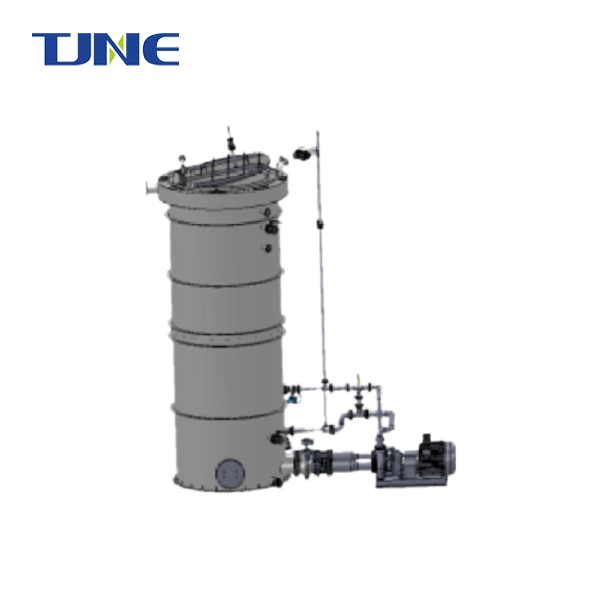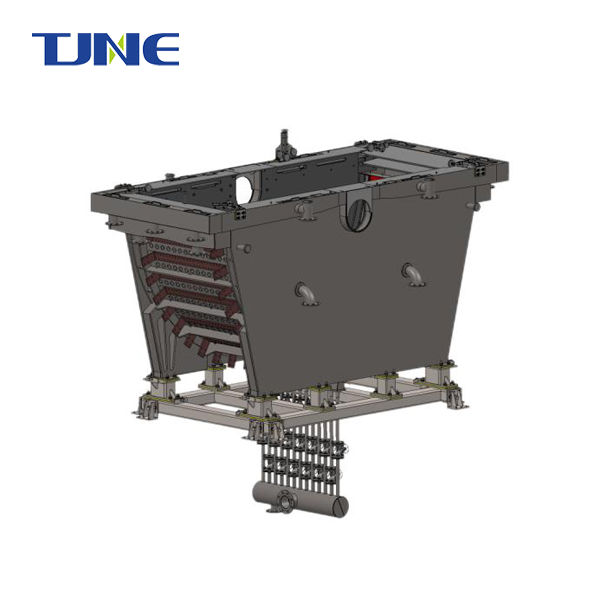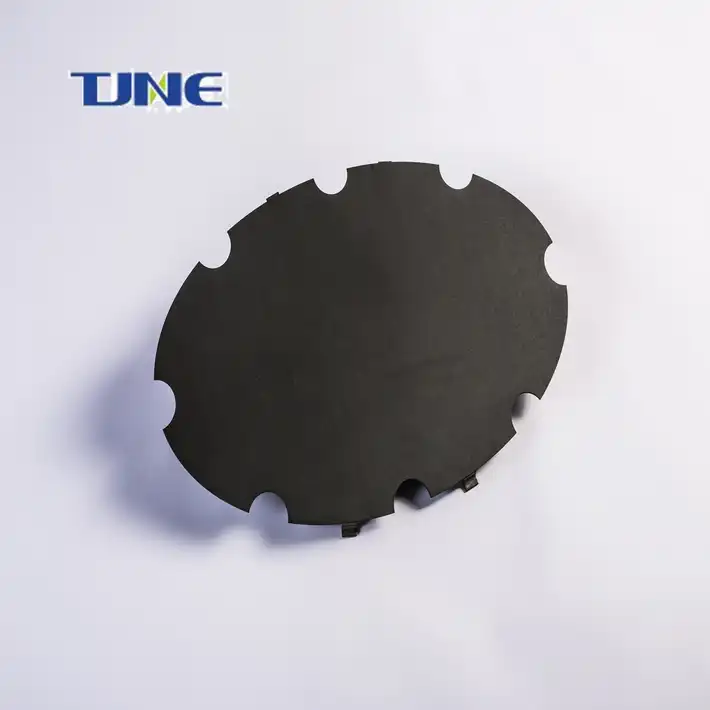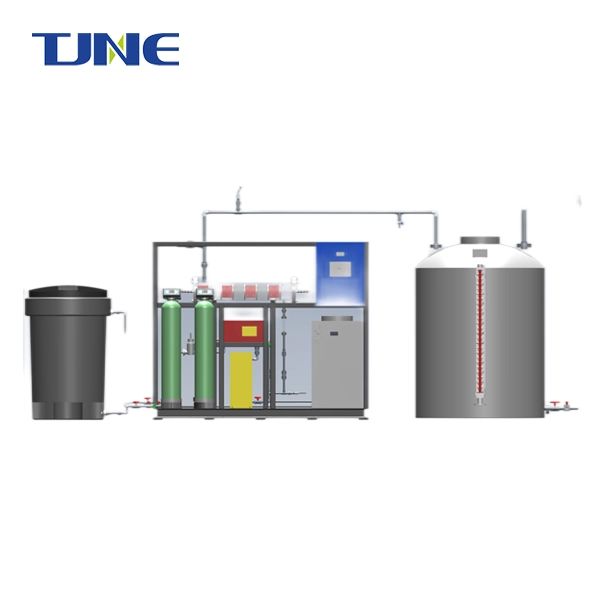- English
- French
- German
- Portuguese
- Spanish
- Russian
- Japanese
- Korean
- Arabic
- Greek
- German
- Turkish
- Italian
- Danish
- Romanian
- Indonesian
- Czech
- Afrikaans
- Swedish
- Polish
- Basque
- Catalan
- Esperanto
- Hindi
- Lao
- Albanian
- Amharic
- Armenian
- Azerbaijani
- Belarusian
- Bengali
- Bosnian
- Bulgarian
- Cebuano
- Chichewa
- Corsican
- Croatian
- Dutch
- Estonian
- Filipino
- Finnish
- Frisian
- Galician
- Georgian
- Gujarati
- Haitian
- Hausa
- Hawaiian
- Hebrew
- Hmong
- Hungarian
- Icelandic
- Igbo
- Javanese
- Kannada
- Kazakh
- Khmer
- Kurdish
- Kyrgyz
- Latin
- Latvian
- Lithuanian
- Luxembou..
- Macedonian
- Malagasy
- Malay
- Malayalam
- Maltese
- Maori
- Marathi
- Mongolian
- Burmese
- Nepali
- Norwegian
- Pashto
- Persian
- Punjabi
- Serbian
- Sesotho
- Sinhala
- Slovak
- Slovenian
- Somali
- Samoan
- Scots Gaelic
- Shona
- Sindhi
- Sundanese
- Swahili
- Tajik
- Tamil
- Telugu
- Thai
- Ukrainian
- Urdu
- Uzbek
- Vietnamese
- Welsh
- Xhosa
- Yiddish
- Yoruba
- Zulu
The breakdown voltage of a Mixed Metal Oxide (MMO) Titanium Probe Anode is a critical parameter that determines its performance and longevity in various electrochemical applications. This voltage represents the point at which the anode's insulating properties fail, allowing a sudden increase in current flow. Understanding the breakdown voltage is essential for engineers and researchers working with these anodes in industries such as water treatment, cathodic protection, and electrochemical processing.
How does the composition of MMO coatings affect anode performance?
The composition of Mixed Metal Oxide (MMO) coatings plays a crucial role in determining the performance of titanium probe anodes. These coatings typically consist of a mixture of precious metal oxides, such as iridium oxide, ruthenium oxide, and tantalum oxide, deposited on a titanium substrate. The specific composition of the coating directly influences various anode properties, including its breakdown voltage, durability, and electrochemical efficiency.
One of the primary factors affecting anode performance is the ratio of different metal oxides in the coating. For instance, iridium oxide is known for its excellent catalytic properties and stability, while ruthenium oxide contributes to high electrical conductivity. The presence of tantalum oxide in the mixture can enhance the coating's resistance to corrosion and extend its lifespan. By carefully adjusting the proportions of these oxides, manufacturers can optimize the anode's performance for specific applications.
The thickness of the MMO coating also plays a significant role in determining the anode's breakdown voltage and overall performance. Generally, a thicker coating provides better protection against corrosion and increases the anode's lifespan. However, excessively thick coatings may lead to increased electrical resistance and reduced efficiency. Therefore, finding the optimal coating thickness is crucial for balancing durability and performance.
The method of applying the MMO coating to the titanium substrate can also affect the anode's performance. Common techniques include thermal decomposition, electrodeposition, and plasma spraying. Each method results in different coating structures and properties, which can influence the anode's breakdown voltage and other performance characteristics. For example, thermal decomposition often produces a more uniform and adherent coating, leading to better long-term stability.
Furthermore, the crystalline structure of the MMO coating impacts its electrochemical properties. The formation of specific crystal phases during the coating process can enhance the anode's catalytic activity and resistance to degradation. Proper control of the coating process parameters, such as temperature and deposition rate, is essential for achieving the desired crystalline structure and optimizing anode performance.
What factors influence the lifespan of MMO Titanium Probe Anodes?
The lifespan of Mixed Metal Oxide (MMO) Titanium Probe Anodes is a critical consideration for their practical application in various industries. Several factors contribute to determining how long these anodes can effectively function before requiring replacement or maintenance.
One of the primary factors influencing anode lifespan is the operating current density. Higher current densities generally lead to accelerated wear of the MMO coating, reducing the anode's overall lifespan. It's crucial to operate the anode within its specified current density range to prevent premature failure. Proper system design and control can help maintain optimal current distribution and extend the anode's service life.
The chemical composition of the electrolyte in which the anode operates also significantly impacts its lifespan. Certain ions present in the electrolyte can interact with the MMO coating, potentially causing degradation or passivation of the anode surface. For instance, the presence of chloride ions can accelerate coating wear in some applications. Understanding the electrolyte composition and selecting an appropriate anode formulation for the specific environment is essential for maximizing lifespan.
Temperature is another critical factor affecting anode longevity. Elevated temperatures can accelerate chemical reactions and increase the rate of coating degradation. Conversely, very low temperatures may impact the anode's electrochemical performance. Maintaining the anode within its recommended operating temperature range is crucial for ensuring optimal performance and longevity.
The quality of the initial MMO coating application also plays a significant role in determining the anode's lifespan. Factors such as coating uniformity, adhesion to the titanium substrate, and the absence of defects or impurities all contribute to the anode's durability. High-quality manufacturing processes and strict quality control measures are essential for producing anodes with consistent and long-lasting performance.
Regular maintenance and monitoring of the anode system can significantly extend its lifespan. This includes periodic inspections for signs of wear or damage, monitoring of electrical parameters such as potential and current distribution, and proper cleaning to remove any accumulated deposits on the anode surface. Implementing a proactive maintenance strategy can help identify and address potential issues before they lead to anode failure.
How do MMO Titanium Probe Anodes compare to other anode materials in cathodic protection systems?
Mixed Metal Oxide (MMO) Titanium Probe Anodes have gained significant popularity in cathodic protection systems due to their unique properties and performance characteristics. When comparing them to other anode materials, several factors come into play, including durability, efficiency, and cost-effectiveness.
One of the primary advantages of MMO Titanium Probe Anodes over traditional materials like graphite or high-silicon cast iron is their exceptional durability. The combination of a corrosion-resistant titanium substrate and a catalytic MMO coating results in anodes that can withstand harsh environmental conditions and maintain their performance over extended periods. This longevity translates to reduced maintenance requirements and lower long-term costs for cathodic protection systems.
In terms of electrical efficiency, MMO Titanium Probe Anodes generally outperform many other anode materials. The catalytic nature of the MMO coating allows for lower operating voltages and reduced power consumption compared to traditional anodes. This improved efficiency is particularly beneficial in applications where energy costs are a significant concern, such as in large-scale industrial cathodic protection systems.
The dimensionally stable nature of MMO Titanium Probe Anodes is another advantage over consumable anode materials like zinc or magnesium. While consumable anodes gradually dissolve during operation, MMO anodes maintain their shape and size, ensuring consistent performance over time. This stability is crucial in applications where precise current distribution is essential, such as in protecting complex structures or in marine environments.
However, the initial cost of MMO Titanium Probe Anodes is generally higher than that of some traditional materials. This higher upfront investment can be a consideration for some projects, particularly those with limited initial budgets. Nevertheless, the long-term cost-effectiveness of MMO anodes, considering their extended lifespan and lower operational costs, often justifies the initial expense.
In terms of environmental impact, MMO Titanium Probe Anodes offer advantages over some alternative materials. Unlike consumable anodes that release metal ions into the environment as they dissolve, MMO anodes have minimal environmental impact during operation. This characteristic makes them particularly suitable for use in environmentally sensitive areas or in applications where minimizing contamination is a priority.
The versatility of MMO Titanium Probe Anodes is another factor that sets them apart from some other anode materials. They can be manufactured in various shapes and sizes, allowing for customized designs to suit specific application requirements. This flexibility makes them suitable for a wide range of cathodic protection systems, from small, localized applications to large-scale infrastructure protection.
In conclusion, the breakdown voltage of MMO Titanium Probe Anodes is a crucial parameter that influences their performance and application in various electrochemical systems. The composition of the MMO coating, factors affecting anode lifespan, and comparisons with other anode materials all contribute to the overall understanding and selection of these anodes for specific applications. As technology continues to advance, further improvements in MMO anode design and manufacturing are likely to enhance their performance and expand their use in diverse industries.
If you are interested in the products of Xi'an Taijin New Energy Technology Co., Ltd., please contact yangbo@tjanode.com.
References:
1. Zhang, X., et al. (2020). "Recent advances in mixed metal oxide anodes for electrochemical water treatment." Journal of Materials Chemistry A, 8(15), 7117-7150.
2. Nagai, N., et al. (2019). "Durability of Ti/IrO2-Ta2O5 anodes in seawater electrolysis." Materials Transactions, 60(2), 275-280.
3. Martínez-Huitle, C. A., & Ferro, S. (2006). "Electrochemical oxidation of organic pollutants for the wastewater treatment: direct and indirect processes." Chemical Society Reviews, 35(12), 1324-1340.
4. Pérez-Segura, T., et al. (2017). "Effect of IrO2-Ta2O5|Ti electrode composition on the electrochemical oxidation of model organic compounds." Electrochimica Acta, 229, 219-228.
5. Kraft, A. (2007). "Doped diamond: a compact review on a new, versatile electrode material." International Journal of Electrochemical Science, 2, 355-385.
6. Trasatti, S. (2000). "Electrocatalysis: understanding the success of DSA®." Electrochimica Acta, 45(15-16), 2377-2385.
7. Comninellis, C., & Chen, G. (Eds.). (2010). "Electrochemistry for the Environment." Springer Science & Business Media.
8. Panizza, M., & Cerisola, G. (2009). "Direct and mediated anodic oxidation of organic pollutants." Chemical Reviews, 109(12), 6541-6569.
9. Chaplin, B. P. (2014). "Critical review of electrochemical advanced oxidation processes for water treatment applications." Environmental Science: Processes & Impacts, 16(6), 1182-1203.
10. Chen, X., et al. (2018). "Accelerated discovery of metallic glasses through iteration of machine learning and high-throughput experiments." Science Advances, 4(4), eaaq1566.












